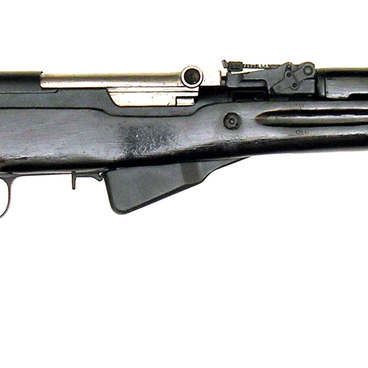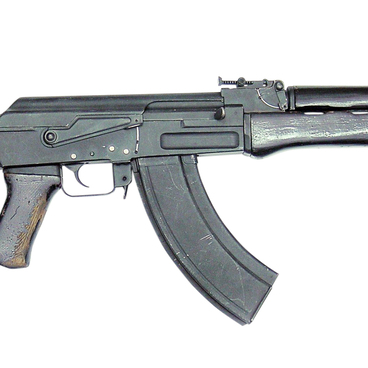Mikhail Kalashnikov started working on the first version of a semi-automatic carbine in October 1944 at the secret Shchurovo proving ground of the Main Artillery Directorate of the USSR People’s Commissariat of Defense. The carbine was tested there in October 1945. The Main Artillery Directorate expert commission concluded that further work on the model was impractical but suggested continuing the development of semi-automatic carbines.
The second version of the carbine was tested in July — September 1946 and was also rejected. The Main Artillery Directorate commission again recommended Kalashnikov to continue working on new designs and asked him to submit several new prototypes.
In March 1948, Mikhail Kalashnikov and his team came from the Moscow region to the Izhevsk Motor Plant, where he was to control the release of an experimental batch of about 1,500 AK-47 assault rifles for troop trials within a very short time. The plant’s chief designer David Vinokgoyz allowed Kalashnikov to work on the new carbine while assembling assault rifles.
The second version of the carbine was tested in July — September 1946 and was also rejected. The Main Artillery Directorate commission again recommended Kalashnikov to continue working on new designs and asked him to submit several new prototypes.
In March 1948, Mikhail Kalashnikov and his team came from the Moscow region to the Izhevsk Motor Plant, where he was to control the release of an experimental batch of about 1,500 AK-47 assault rifles for troop trials within a very short time. The plant’s chief designer David Vinokgoyz allowed Kalashnikov to work on the new carbine while assembling assault rifles.





